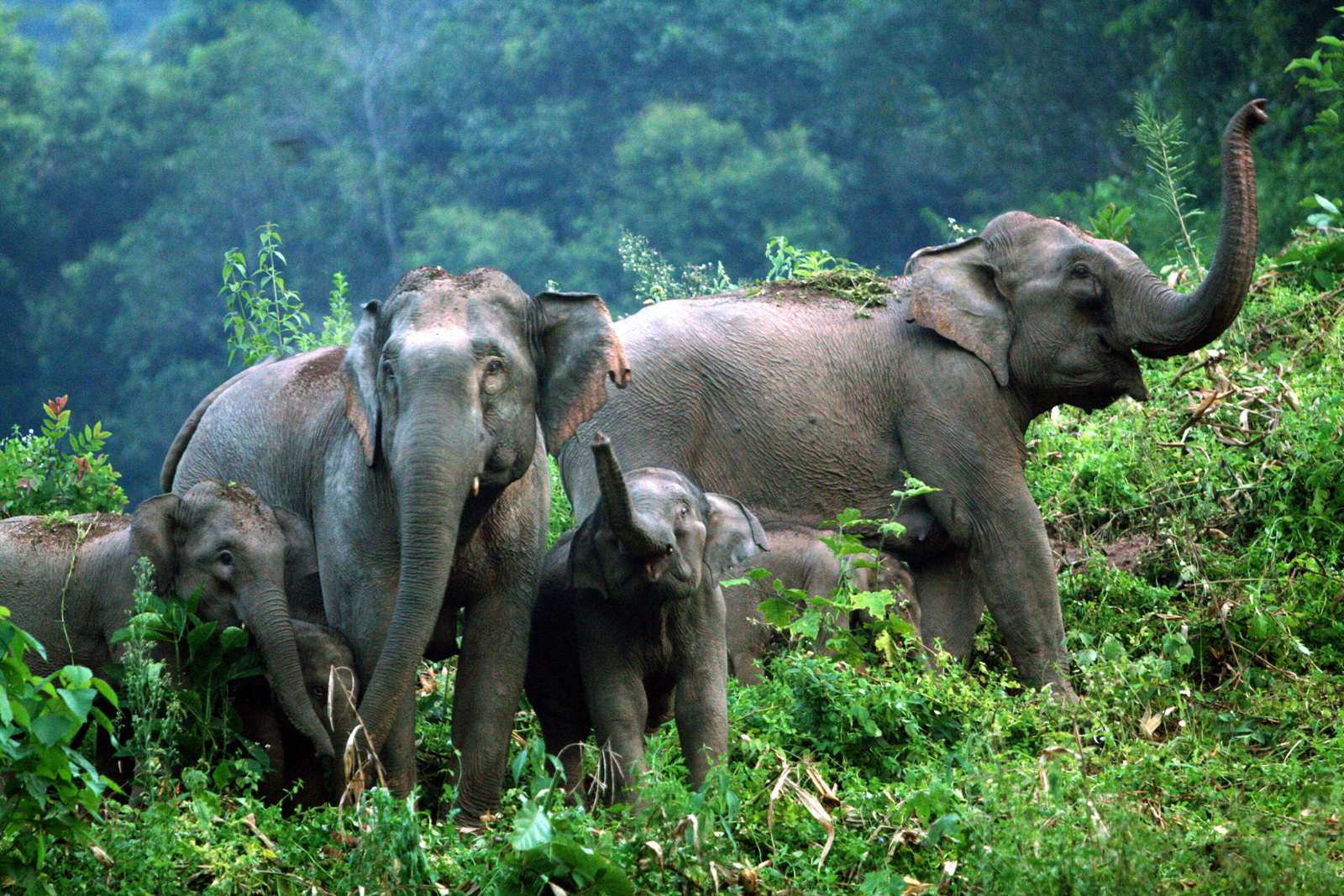Teams Like This
Every year, approximately 35,000 elephants are killed, largely to supply the illegal international trade in ivory and meet demand in Asia – primarily China. Reducing demand for ivory has been proposed as a vital step towards eliminating the illegal killing of elephants, but how to reduce demand has been the subject of debate because the economic drivers and impacts of the legal and illegal ivory trades in China are not sufficiently understood to make informed decisions.
OUR APPROACH: This team brought together a consortium of influential experts to assess the economic impacts of the ivory trade in China and its impacts on human livelihoods in China and Africa. They provided the first comprehensive assessment of the economic costs and benefits to China of regulating a legal trade, compared to the costs and benefits of an outright ivory trade ban.

Shutdown of Domestic Ivory Markets
In May 2015, China announced an intent to phase out the domestic ivory trade, which would result in a complete ban on commercial ivory. During the project period, the team has produced three high-level peer-reviewed publications and two policy recommendation briefs. The policy briefs were delivered to decision makers via multiple channels before the 2016 announcement of the ivory ban in China.
Effect of the Announced Closure of Chinese Ivory Markets
The team’s legal ivory trade monitoring in Guangzhou and illegal trade monitoring through social media indicates the price of ivory has been decreasing since November 2015. Legal shops have showed different strategies in response to the policy change, but since August 2016 approximately half of the legal shops surveyed have offered discounted prices on legal ivory. Shops surveyors visited in early 2017, and noted that the government would be shutting down shops, making it the best time to buy ivory.

“We believe the ban has played a significant role in de-valuing ivory and increasing motivation for enforcement agencies to enhance actions on illegal ivory trade.”
– Aili Kang, Team Co-Lead
This press coverage from ChinaFile was motivated in part by the team’s research and features a series of editorial comments from several conservation and economics professionals.
This author of this Nature article contends that “the continued existence of large stockpiles of legal raw ivory in the country is hampering China’s promises to save the elephant.” – Li Zhang
This article published in National Geographic features interviews with team members as well as some of the results of this working group.
This peer-reviewed paper in Ecological Economics evaluates how the ending the domestic ivory trade will influence supply and demand of ivory in China.
Wildlife Conservation Society
Beijing Normal University
The University of Melbourne
Former consultant of Wildlife Conservation Society
Wildlife Conservation Society
The Nature Conservancy
Nanjing Forest Police College
South African Institute of International Affairs
Wildlife Conservation Society
Wu Han University of China
Doodod Technology Co. Ltd
Beijing Normal University
China Northeast Forestry University
Chinese Academy for Environmental Planning